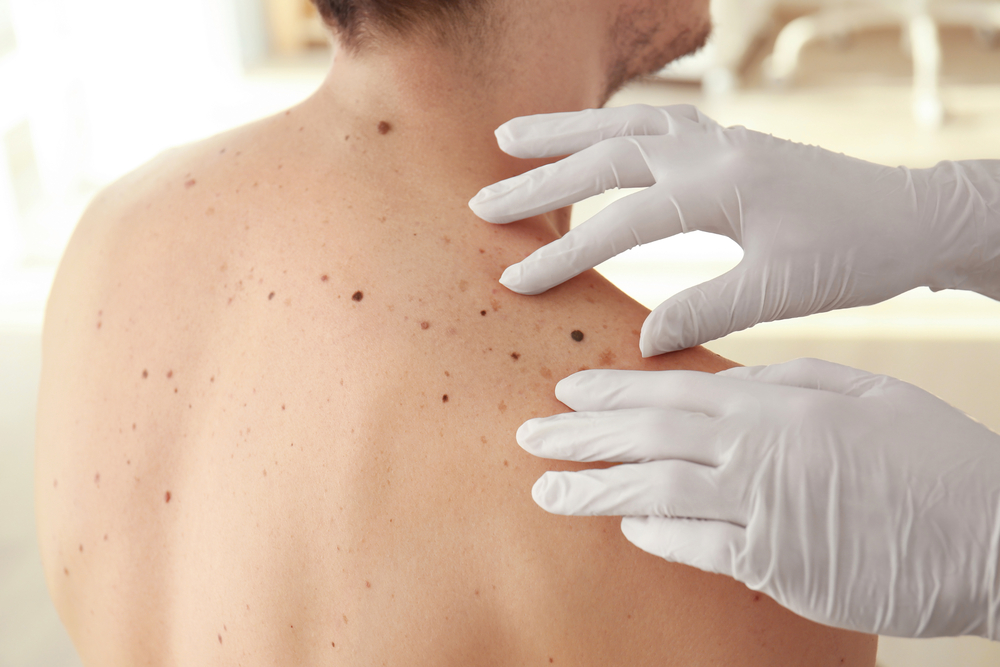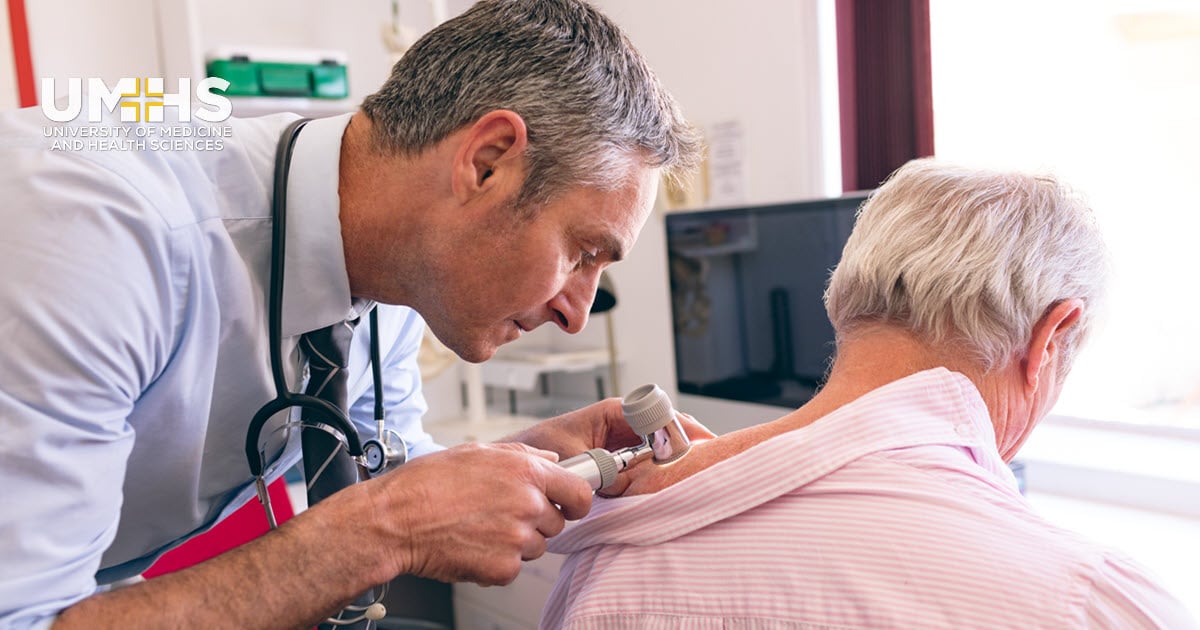Navigating Skin Cancer Cells Therapy: The Essential Role of Mohs in Modern Dermatology Practices
Skin cancer, a difficult diagnosis, often leaves people coming to grips with various treatment choices. Among these, Mohs surgery stands as a beacon in contemporary dermatology, renowned for its meticulous strategy to cancer elimination and conservation of surrounding healthy and balanced tissue. This ingenious practice guarantees not only remarkable cosmetic outcomes yet likewise offers instant results, alleviating individual stress and anxiety. As we discover the complexities of this treatment, one will value its pivotal function in skin cancer cells treatment.
Comprehending Skin Cancer Cells: Types and Risks
Skin cancer cells, a possibly lethal malady, is much more common than lots of people realize. This illness, triggered by the unchecked growth of unusual skin cells, mostly arises from DNA damage as a result of direct exposure to the sun and ultraviolet (UV) light. There are three main kinds of skin cancer cells: Basic cell cancer, Squamous cell cancer, and Cancer malignancy. While the former 2 are less lethal and make up most of identified instances, cancer malignancy is one of the most dangerous. It accounts for only about 1% of skin cancer cells instances yet creates the substantial bulk of skin cancer cells fatalities - chemical peel. Threat factors consist of reasonable skin, background of sunburn, extreme sunlight exposure, living at high altitudes or close to the equator, having several moles, a family members history of skin cancer, and damaged immune system.
What Is Mohs Surgical procedure and Exactly How It's Reinventing Skin Cancer Treatment
In spite of the many therapies presently readily available for skin cancer, Mohs surgery stands out as a groundbreaking and extremely reliable remedy. Named after Frederic E. Mohs, the physician who established the treatment, Mohs surgery is an accurate surgical method utilized to treat skin cancer. This level of precision, integrated with the capability to save as much healthy tissue as possible, is transforming skin cancer treatment.
The Advantages of Mohs Surgery Over Conventional Skin Cancer Treatments
Building on the innovative nature of Mohs surgical treatment, it's essential to consider its numerous advantages over typical skin cancer cells therapies. Unlike guidelines, Mohs uses a greater remedy rate, usually reaching 99% for first-time treatments and 94% for recurrent cancers. This precision is due to its special strategy of considerably eliminating and checking out cells layers until only cancer-free cells remain (chemical peel). Additionally, it reduces damage to healthy and balanced skin, causing much less scarring wikipedia reference and boosted aesthetic outcomes. Mohs additionally gives instant results, eliminating the anxiety-ridden wait common with various other techniques. Lastly, it's cost-effective, as the surgery and tiny assessment happen simultaneously, eliminating the demand for extra research laboratory services. Thus, Mohs stands for a significant innovation in dermatological practices.
The Treatment of Mohs Surgery: What to Expect Throughout the Refine

Prospective Negative Effects and Post-Operative Care of Mohs Surgical Treatment
Going through Mohs surgery, like any kind of other operation, includes prospective negative effects that individuals must be mindful of. Common side results consist of pain, bruising, and swelling at the surgical procedure her latest blog website. Nonetheless, these are usually temporary and workable with non-prescription discomfort medication and ice bag. In uncommon cases, individuals might experience infection, blood loss, or an allergy to the local anesthetic. Post-operative care is critical to recovery and reducing side impacts. This commonly includes maintaining the injury clean and completely dry, taking proposed drugs, and avoiding arduous tasks. People should also participate in all follow-up visits for wound treatment and surveillance. In many cases, added therapies might be necessary to make sure full removal of the cancerous cells. Complying with these post-operative treatment standards can substantially enhance recuperation and outcomes.
Conclusion
